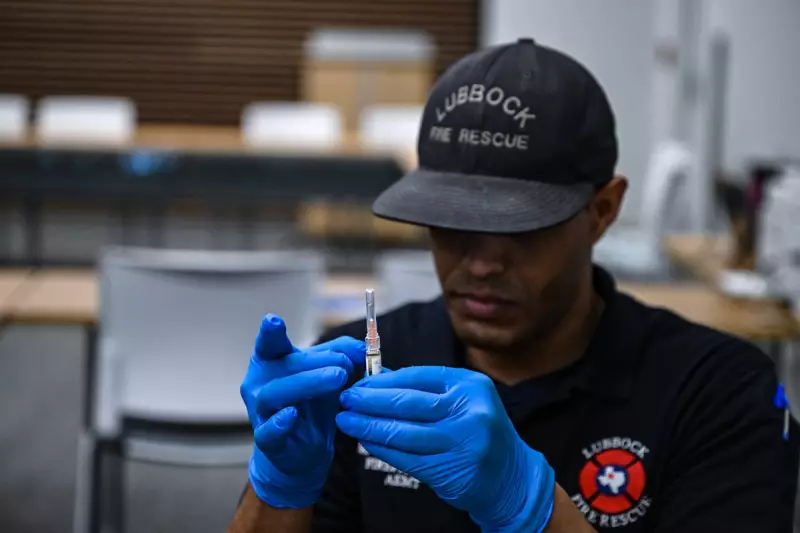
The US Centers for Disease Control and Prevention (CDC) has taken the rare step of deploying a crisis response team to Texas, following the confirmation of a measles outbreak in the region. The move underscores growing concern among federal health officials about the potential for rapid community spread.
The team, which includes epidemiologists and other public health experts, is working alongside local health authorities to identify potential exposure locations and contact individuals who may have been infected. Measles is one of the most contagious viruses known; it can linger in the air of a room for up to two hours after an infected person has left.
Declining Vaccination Rates Fuel Concerns
Health experts have directly linked the outbreak to a decline in vaccination coverage. The highly effective MMR (measles, mumps, rubella) vaccine has seen uptake rates falter in certain communities, creating pockets of vulnerability where the virus can take hold.
"When vaccination rates drop, we lose our herd immunity," a public health official stated. "That's when a single case can quickly become an outbreak, putting vulnerable populations like infants and the immunocompromised at serious risk."
Symptoms and Public Advice
Health officials are urging the public to be vigilant. Early symptoms of measles typically include:
- High fever
- Cough
- Runny nose
- Red, watery eyes (conjunctivitis)
This is followed a few days later by a distinctive red, blotchy rash that usually begins on the face and spreads downward. Complications can be severe, leading to pneumonia and encephalitis.
The CDC and Texas health departments are advising individuals to check their vaccination status, isolate immediately if symptoms appear, and contact a healthcare provider by phone before visiting a facility to prevent further exposure.





